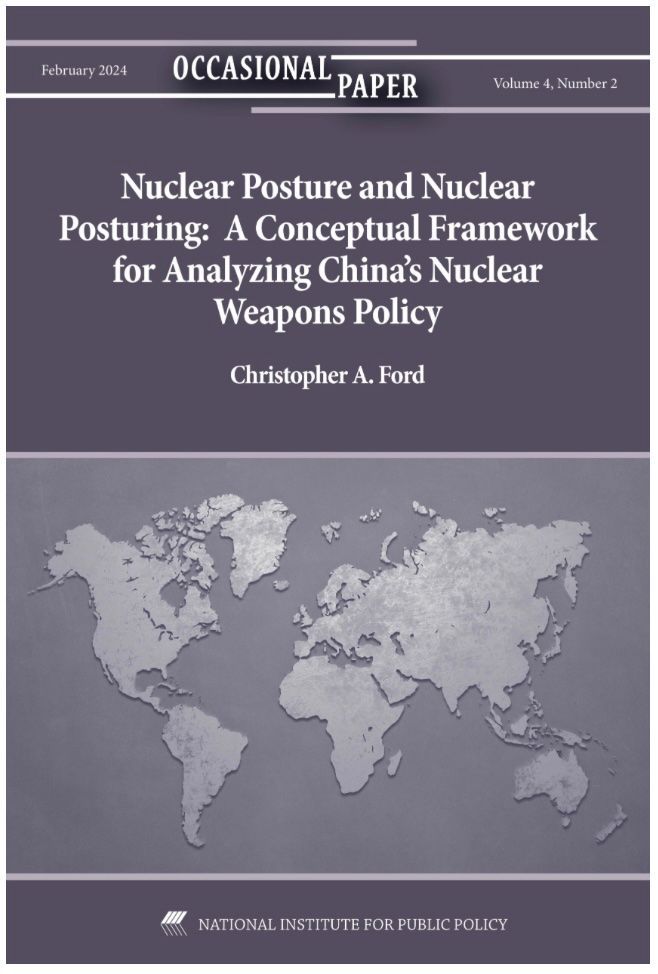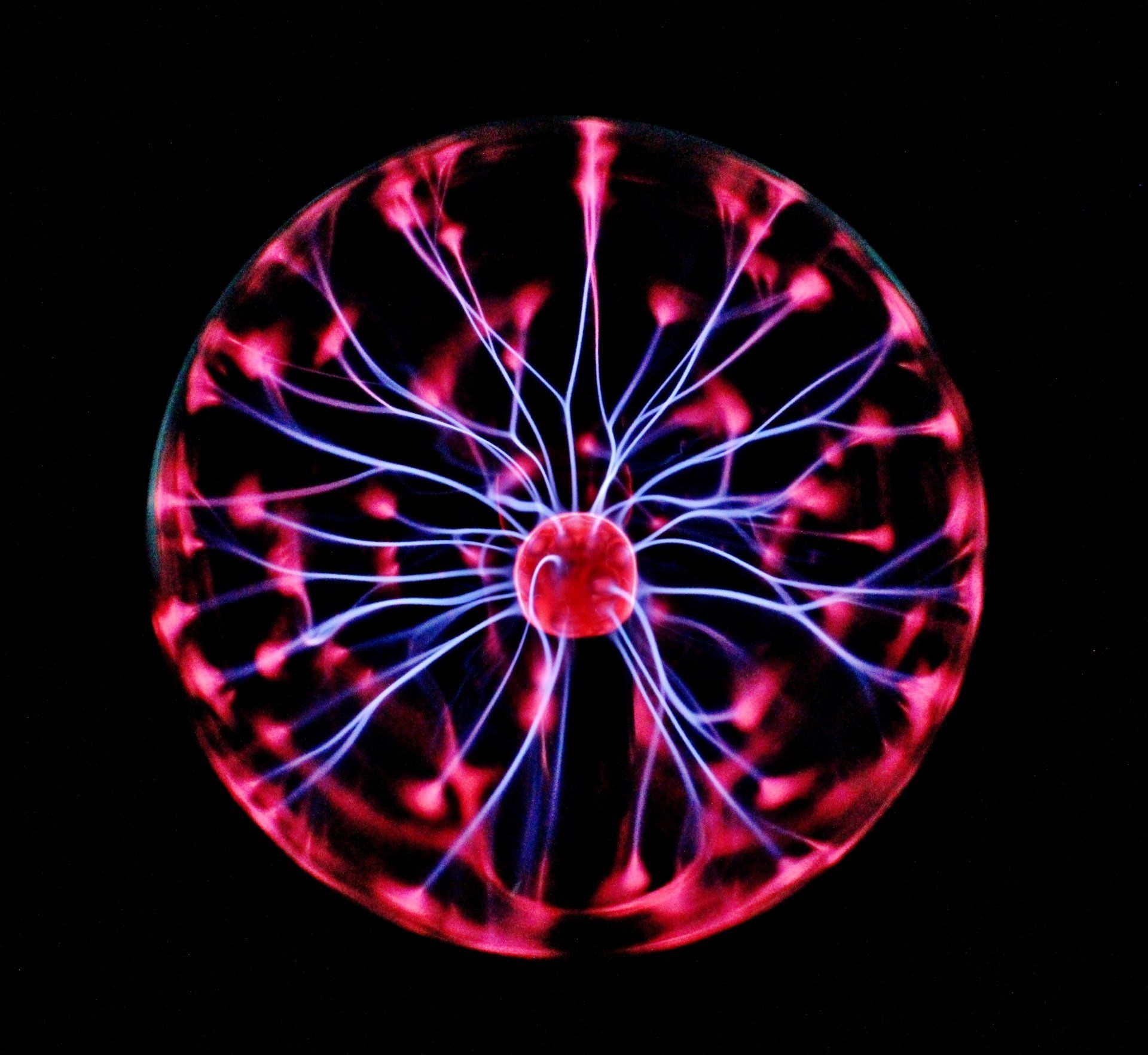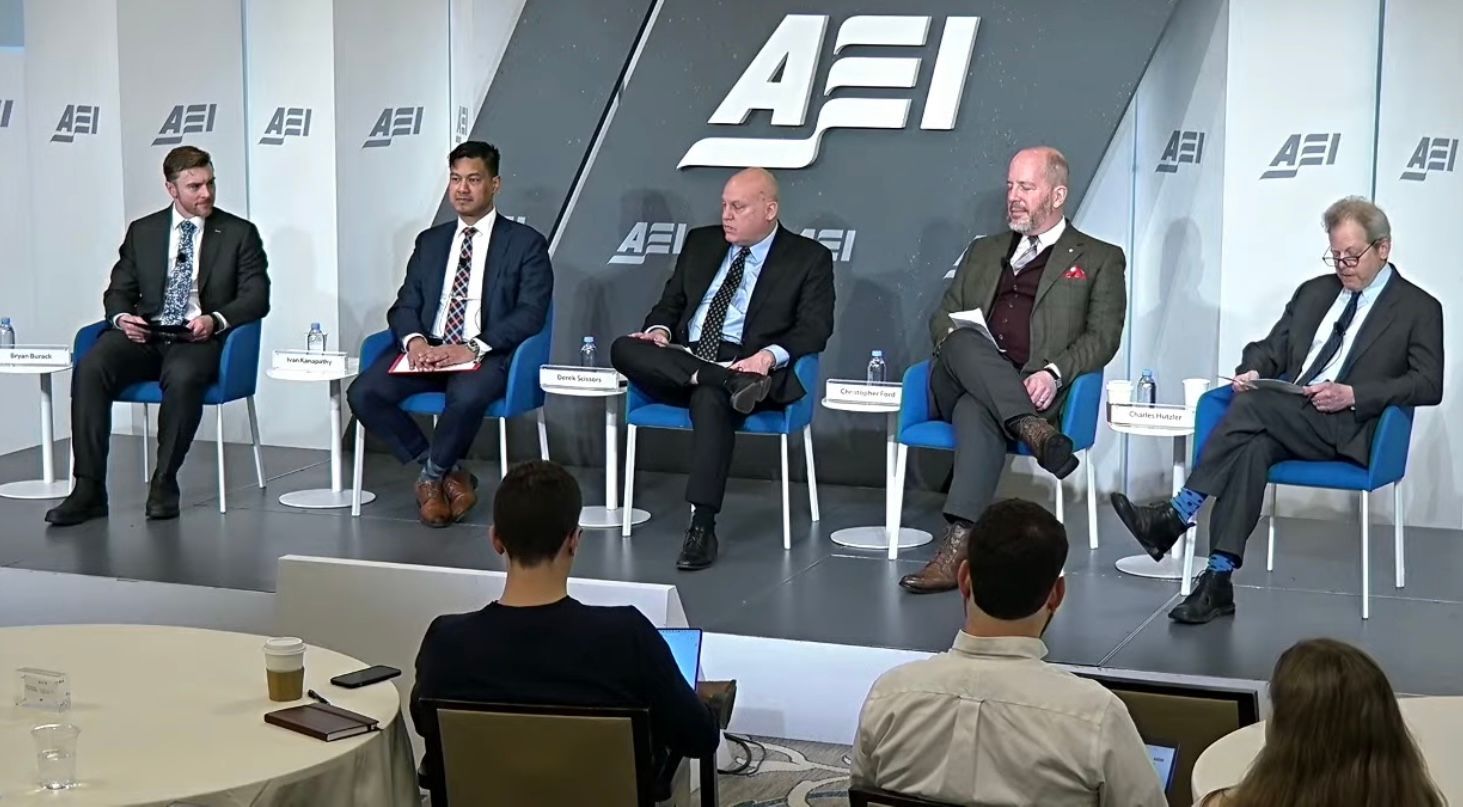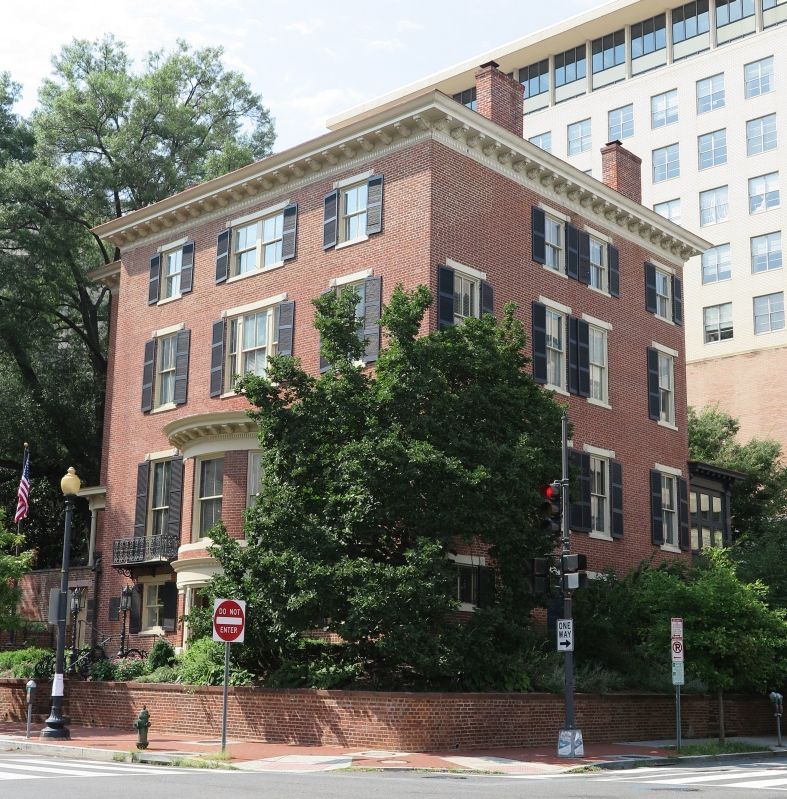The Hon. Christopher A. Ford
New Paradigms Forum -- International Security Policy Since 2009
GUEST BLOG: Bennett Ramberg on the Security Council (and IAEA)
Note:
This essay appeared on the YaleGlobal Online website on the November 9, 2009 . Bennett Ramberg offered it to NPF in response to Ford’s critique of U.N. Security Council Resolution 1887. Ford responds to this essay in NPF’s next “Nuclear Weapons” entry.
HOW TO HALT THE SPREAD OF NUKES -- PART I
The latest UN Resolution against proliferation offers more bark than bite.
by Bennett Ramberg
Since entering office, Barack Obama has made global nuclear disarmament a center piece of his long-term foreign policy agenda. In September 2009 the President attempted to fulfill the first step by gathering the Security Council’s heads of state to sign on to a new resolution to halt the Bomb’s spread – Resolution 1887. The endorsers’ seniority and the surrounding fanfare generated much enthusiasm both in and out of the Council’s chambers.
The initiative comes at a time the nuclear nonproliferation regime finds itself under increasing strain. Not only has it failed to achieve the long-standing ambition to move nonproliferation treaty holdouts India, Pakistan and Israel to join the NPT, but it also failed to lure North Korea back. Complicating matters, the regime finds two NPT parties – Iran and Syria – continuing to violate nonproliferation safeguards despite IAEA push back and, in the case of Iran, Security Council sanctions as well.
Unfortunately, the solution advanced by President Obama marks at best a very modest step to address nuclear challenges. The Resolution language fails to recommend effective means to combat NPT violators. It fails to fashion a strategy to induce outsiders to join the Treaty. And, despite the successor agreement to the 1991 Strategic Arms Reduction Treaty that Russia and the United States plan to sign next month, the Security Council failed to provide a time table for nuclear disarmament or even entry into force of the Test Ban.
In May 2010 the broader international community will have its say when the nuclear nonproliferation treaty five-yearly review conference convenes to evaluate implementation. If conferees find themselves unable to cobble together a bolder nonproliferation compliance mechanism, efforts to reverse the Bomb’s spread will continue to fray. The recent Security Council handiwork reveals the hurdles.
Much of the resolution has a shopworn quality. Its preamble recites the customary NPT, nuclear disarmament, barriers to nuclear terrorism and peaceful nuclear energy boiler plate endorsements. Then come standard pleadings: the “call” for NPT abstainers to adhere to the treaty and test ban, for the application of traditional and expanded safeguards (the Additional Protocol that permits the easier inspection of undeclared nuclear sites), for nations to join the proposed ban on the production of fissile material and comply with Security Council resolutions.
The resolution also includes at least one nonproliferation teaser, the conditional endorsement of nuclear free zones “freely arrived at.” In diluting the zones’ imperative, the language appears to be Washington’s concession to avoid pressing Israel too hard to relinquish its arsenal. In so doing the statement's elasticity allows Iran to justify holding on to its enrichment production plants as well. The result compromises rather than advances nonproliferation.
Proposed new compliance measures present a mixed bag. Language that endorses international nuclear exports only to countries that observe NPT responsibilities certainly makes sense. The insertion seeks to overcome the curious fact that a party can be non-compliant but still receive both material aid from nuclear vendors and IAEA advice. Both Iran and Syria have benefited. However, requiring cheaters to return nuclear imports or “affirm” NPT violations as they exit the treaty is Pollyannish.
This leaves the Security Council with few solutions to address cheating. Debate, generating condemnatory resolutions, lack clout. Sanctions, given their historical modesty, add little. The result prompts nuclear violators to bet they can beat the NPT all the way to the Bomb without suffering significant penalty.
But they are not alone. The Treaty’s nuclear armed states have made their own bets and the UN resolution adds little resistance. Under NPT Article VI, these parties committed to “pursue negotiations in good faith on effective measures relating to cessation of the nuclear arms race at an early date and to nuclear disarmament…” That was forty years ago!
Today, the US and Russia, the nations with far and away the largest atomic stockpiles, claim to be on track to pare their arsenals. But neither they nor any other nuclear armed state have plans to get to zero as Article VI requires. Even President Obama appears skeptical. Speaking in Prague in April 2009, he confessed “The goal will not be reached quickly, perhaps not in my lifetime.”
The skepticism is reflected not only in maintenance of nuclear arsenals but military planning as well. Despite the Council’s “affirmation” of “security assurances against the use of nuclear weapons on non-nuclear-weapon states,” excepting China, the remaining nuclear states reserve the right to use their arsenals against all adversaries, even those without the Bomb, although the Obama administration may be reviewing the matter.
Commitment to nonproliferation and disarmament requires a far bolder approach to overcome obstacles. To address disarmament, nuclear weapons states must commit to a time table linked with intrusive verification. To scare off cheating by non nuclear weapons states, the international community must apply an enforcement mechanism “pre-endorsed” by the Security Council to avoid customary dithering. President Obama affirmed the general idea in his Prague speech when he stated that NPT regime improvements require “immediate consequences for countries caught breaking the rules or trying to leave the treaty without cause.”
The mechanism I envision to fulfill the goal would be a nonproliferation “action template.” Under the template, once the IAEA determines that a party is in material breach of NPT safeguards and the violator has resisted a cure within a specified time, the Security Council would set in motion a nonproliferation mouse trap. Week 1, the Council would demand that the cheater verifiably reverse itself within no more than two weeks. Week 3, suspension of all international commerce to isolate the violator’s economy. Week 5, cessation of all commercial air travel, to further isolate. Week 7, naval and air blockade to quarantine. Week 9, military action. The result would put all non nuclear weapons states on notice: cheat and suffer assured serious consequences. The result should enhance deterrence markedly.
Getting states to buy into the template no doubt would be challenging given conflicting political interests and concerns about proliferation. This would require a campaign initiated by sympathetic nations supplemented by whatever influence non-governmental organizations can bring. Opponents would be pressed to justify why current measures remain more effective at a time nuclear cheaters continue to game safeguards.
Some may take issue with a punitive enforcement mechanism. They may point to the success the Bush administration had getting Libya to abandon its nuclear program. But they would have to explain away the repeated failure of incentives and disincentives in the North Korea and Iran cases, instances where nuclear violators made far more nuclear investment than the Khadafi regime, and Syria's unwillingness to confess to NPT violations despite recurring IAEA requests. Alternatively, others may contend that however distasteful, we can adapt to cheating and the proliferation it brings through deterrence reinforced by the evident taboo against nuclear use that has taken hold since World War II. But banking on such dikes remains a bet, a very dangerous one in today’s volatile regions.
Rather, this era of nonproliferation abuse requires new and effective boldness. While the Security Council’s irresolution of 2009 remains controlling for the moment, the NPT review conference next spring will offer conferees an opportunity to buttress the Council's spine. We can only hope the parties are up to the task. The nonproliferation template and the nuclear disarmament timetable offer the path.
* * *
Bennett Ramberg (Ph.D. Johns Hopkins, JD UCLA) served in the Bureau of Politico-Military Affairs in the Department of Stated in the George H.W. Bush Administration. He is the author of, "Nuclear Power Plants as Weapons for the Enemy," University of California Press. He can be reached at [email protected] .



Copyright Dr. Christopher Ford All Rights Reserved






